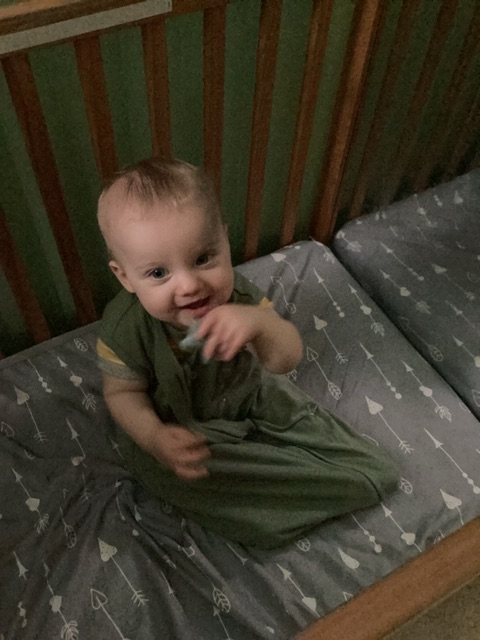Transitioning is a part of life and some of the time it easy. This goes for children and adults a like. Please take a look at the information below on how to make transitions for children easier, especially when challenging behavior rears it's head....
How to Help Your Child Transition Smoothly Between Places and Activities
Alyson Jiron, Brooke Brogle & Jill Giacomini
Transitioning, or moving, to new places, people and activities is something we do many times during the day. However, change can be overwhelming and seem unpredictable for your child, especially when she is not ready to move on to the next place or activity. Children make many transitions each day— from parents to teachers, from home to car, or from play time to the dinner table, for example. When and how often transitions occur are usually decided by an adult and children often act out with challenging behavior when they feel unable to control their routine. When you help your child prepare for transitions you are helping her to learn a valuable skill. The good news is that you can teach her this important skill while you are enjoying time together.
Try This at Home „ Use a timer, an instrument or a funny noise to give your child advance warning of routine transition events. If possible, ask him to help “alert” everyone to the upcoming event. For example, let your toddler bang a pot with a wooden spoon to let the family know it is time for dinner. „ Let your child pick out a special object or toy to transition with to the next activity or place. “Would kitty like to come with us to the grocery store? I wonder if she could help us find the items on our list?” „ Use a visual schedule to show your child the plan for the day. “First, you have school and then we are going to take Aunt Rachel’s gift to the post office and mail it to her.” „ Make the transition a game or activity where the child has the opportunity to move around. “I wonder if today we can use this big shovel to scoop the cars into the bucket while we clean up?” If possible, let him think of the game. “I wonder how we could get to the car today?” You might be surprised at his creativity and how much fun you have roaring like a dinosaur or hopping like a rabbit. „ Sing songs as you transition. Children love to hear songs as they move about their day. Make up silly songs together about what you are doing or where you are going. You are sure to get a laugh and likely a smooth transition. „ Give your child a job. Children are more cooperative when they can be part of the process. Perhaps he can help stir something for dinner, unlock the car doors with the remote or pick out a diaper before a diaper change.
Practice at School
Children transition from one activity to the next throughout their day at preschool. Teachers plan for transitions in advance by creating special routines. These routines help to prepare children for transitions, engage them in the change that is taking place and help them to move smoothly to the next activity. Teachers might use a special instrument or song to let children know it is clean up time. Teachers might read books to the children while they are standing in line waiting for a turn to wash their hands before snack or create an obstacle course or morning routine to help children and parents transition at drop-off. When children are able to participate in or lead the transition, they are excited and eager to move to a new activity.
The Bottom Line
The more a child can predict and participate in the schedule and activities of her day, the less likely it is that challenging behavior will occur and the more likely it is that she will eagerly engage in transitions to new people and places. Taking the time and making the effort to teach her what to expect, when it will happen, and what happens before the transition occurs can be a rewarding experience. Most importantly, it is also an opportunity for quality time that can help lead to smoother transitions.



